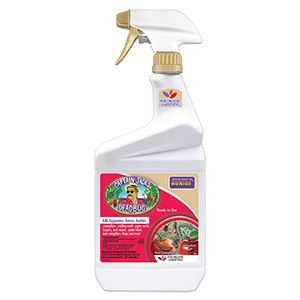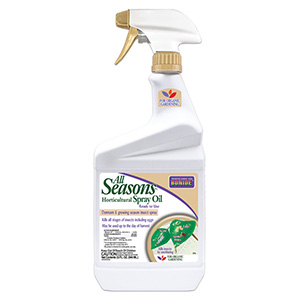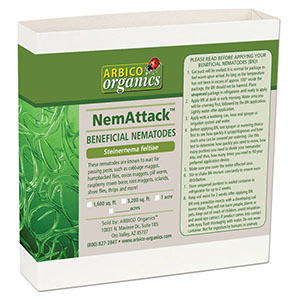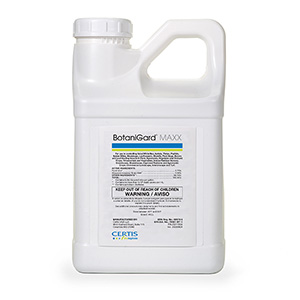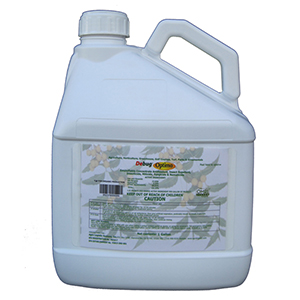Hymenoptera - Sawflies and Horntails
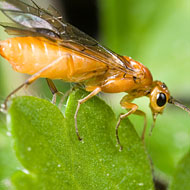 |
|
How to Control Hymenoptera - Sawflies and Horntails
In the order Hymenoptera are sawflies and horntails (a type of wasp), which are pests that damage trees, shrubs, grasses (both residential and agricultural), raspberries and roses. The only exception are the sawflies in the family Orusidae, who themselves are parisitoids and attack wood borer beetles and horntails. These beneficials are found in many forested areas of California and help naturally control these pests.
Life Cycle
Female sawflies deposit their eggs in slits cut into the foliage of trees or shrubs, but a few attack grasses, raspberries and roses as sawflies can be plant specific. Once the larvae emerge, they begin to feed on the leaves, pollen and/or buds causing unsightly damage. The larvae look like large caterpillars with more than 5 pairs of legs and two eyes. They may be brightly marked with spots or stripes. Many of those that feed on conifers build webs or tents in which to feed. After feeding for three to four weeks, mature larvae spin a cocoon that turns brown and resembles a bud tip. Most fall to the ground. The adult sawfly will emerge from the pupal case, mate and start the life cycle again. Most sawflies have one generation a year; some have two.
Sawfly and Horntail Control
- Prune damaged foliage and stems.
- Parasitic wasps and predaceous beetles commonly kill sawfly populations. If damage is not severe, control measures may not be necessary.
- Insecticidal soap or horticultural oil kill exposed sawfly larvae but may damage blossoms.
- Neem Oils will stop eggs from hatching and larvae from developing if you spray neem directly on them. Neem oil acts as a contact insecticide, so residual impact is minimal after application, but avoid applying when pollinators or beneficial insects are present.
- Spinosad sprays can be used as directed to control sawfly larvae.
- Diatomaceous Earth can be used to help deter larvae from feeding.
Monitor adult sawfly and horntail populations with traps. Diligent monitoring will allow for earlier detection of pest populations and will suppress the number of new eggs being laid. View additional Borer Control Products.
-
$15.99–$124.49
-
-
$9.99–$29.99
-
$6.75–$11.99
-
$5.99–$11.29
-
$14.99–$144.49
-
$11.97–$34.99
-
$275.00–$2,495.00
-
$80.00–$1,026.00
-
$125.00–$225.00
-
-
$36.00–$270.00
-
$36.00–$270.00
-
$60.00–$500.00
-
$52.00–$325.00
-
$52.00–$325.00
-
$125.00–$1,350.00
-
$115.00–$1,314.00
-
$260.00–$936.00
-
$13.50
-
-
$270.00
-
$36.00–$86.00
-
$36.00–$86.00



